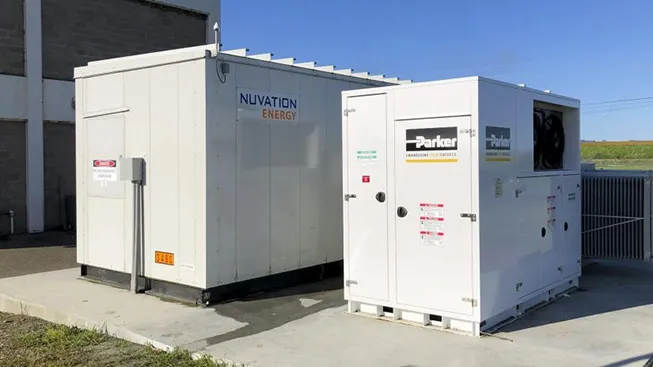June 17, 2024
Battery Management System Security in Utility Grids
Concerns have been expressed by both U.S. industry and lawmakers about the potential risks in using utility grid equipment manufactured in nations that are not strategic allies.
Given the realities of global supply chains in energy storage system production, how does an energy storage company provide solutions that address the concerns of industry and legislators? Would “domestic” sourcing of an ESS fully resolve security risk concerns? What meaning can we assign to the term “domestic” considering the globally integrated supply chain used to develop the ESS? How does one determine what is and what is not a “security risk?”
A key distinction to be made regarding security is one of passive components versus control systems. Battery cells are passive components. While they inherently have safety issues due the innate volatility of chemical energy storage (e.g. fire, off-gassing), it is far more difficult to tamper with a battery cell than with a control device.
A battery management system on the other hand is a computing device that includes multiple ICs (integrated circuits / semiconductors) and sophisticated software algorithms that ensure batteries are being charged and discharged by the PCS (Power Conversion System) in a safe and performant manner.
Security risks can include:
- Hidden compromising features
- Counterfeit or tampered BMS components
- Cybersecurity/Hacking
Download the whitepaper below to learn more about battery management system security in large-scale energy storage.
Download the Whitepaper